Dusting Powders Decoded
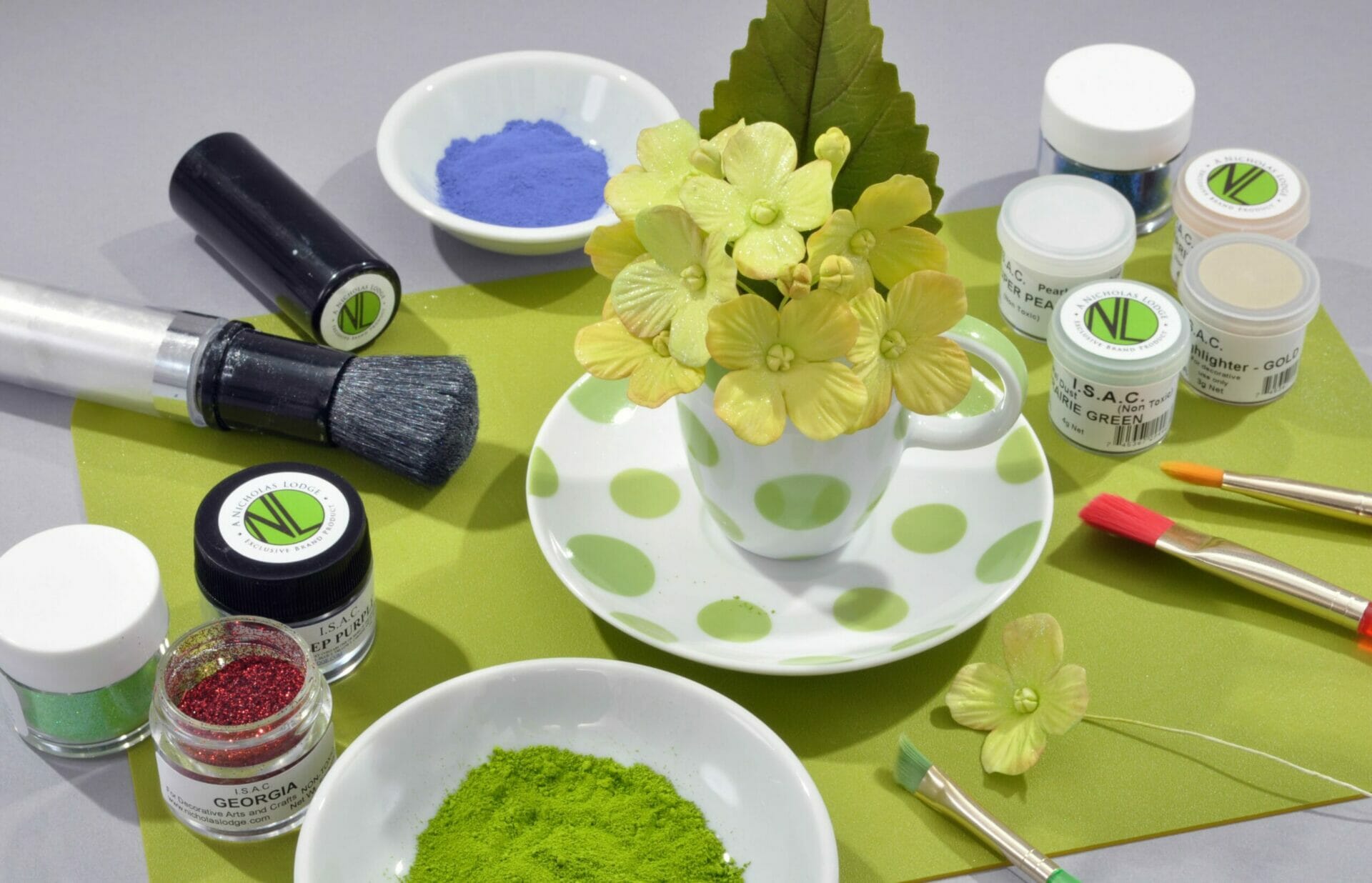
When I worked in the retail gallery here at ISAC, one of my favorite things to do was restock all the dusting powders: petal dusts, pearl dusts, luster dust, hologram (or disco) dust, and highlighters. Why? Because the colors are beautiful, and it seems to me as if ISAC offers every color imaginable!
As beautiful as all these colors are, we very often have people ask which of the dust powders will best suit their needs. I thought it might be helpful to everyone out there who wondered if they should get the luster dust or the pearl dust if I explained how each of the dusts are different! You will never again question which product you should buy!
Petal dust comes in many colors, and produces deep, bold, matte colors. If you have taken a class with Chef Nicholas, you have seen how using petal dust can add dimension to gumpaste flowers, and give them a natural and realistic appearance. Colors can be mixed together to create your own custom colors; you can lighten a color by adding cornstarch, or if you are dusting on a dark color you can add white petal dust. Petal dust is most often used dry, but it can be mixed with vodka for painting, or mixed with a bit of vegetable shortening to color gumpaste or to stencil a design.
Pearl dust is a fine, pearlescent dust that can be translucent or can have a very subtle reflective color, and works like magic in the NL Pump Brush. One of our best selling products, Super Pearl, is a staple in nearly all of Chef Nicholas’ classes! Pearl dusts come in colors or you can mix super pearl can be mixed with petal dusts for subtle color with a bit of luster.
Sparkle dust comes in white and several colors. This dust has larger particles than pearl and luster dusts, and it is often used on flowers like hydrangeas and amayrillas as a finishing dust, and acts as a diffuser. Chef Nicholas white sparkle in his NL Pump Brush in many of his classes; when he makes strands of pearls in the NL E-Z Strand of Pearls mold he mixes white sparkle with vodka to paint the pearls.
Luster dust is like the child of petal and pearl dusts! It adds not only color, but also shimmer, shine, and dare I say… LUSTER! Chef Nicholas often mixes it with lemon extract for painting on rolled fondant. I love using luster dust; I think it makes everything look a bit fancier with a satiny finish.
Hologram (or disco) dust is comparable to glitter, and comes in a huge variety of colors. It will not impart any color like brushing petal dust onto a surface will, but it will make your project sparkly.The best way to use get hologram dust to adhere to your project is spray laquer! Place your lettering, flower, etc on plastic wrap or other covered surface and spray it lightly with the laquer. The sprinkle on the hologram dust with a small shaker to ensure even coverage. If you want to make something red, start off with red gumpaste, spray it with laquer, and sprinkle on the red highlighter dust! Our most popular hologram dust is Snow Sparkle; it gives an iridescent sparkle that is really gorgeous.
Last but not least is highlighter dust! It comes in gold, silver, and bronze and gives a very high-sheen metallic finish. It is usually not edible and should only be used on decorative pieces that will not be eaten, like a plaque. Chef Nicholas usually mixes it with confectioner’s glaze for royal icing pieces or with citrus oils (lemon or orange) for ribbons. In Chef Nicholas’ Craftsy class, Custom Lettering and Monograms, there is an entire lesson on metallics. Hey, would you like the class for 50% off? Sure you do, just click here!
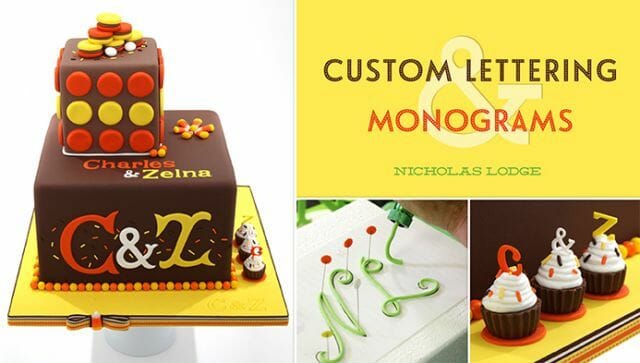
With the exception of hologram dust, which is sprinkled onto a project, all other dusting powders can be simply brushed onto fondant, gumpaste, chocolate, or royal icing. However, for more intense colors or even application, a few drops of grain alcohol or vodka can be mixed in. Water shouldn’t be used as most dusting powder is not water soluble; mixing it with water would just create a sticky mess.
ISAC carries a HUGE range of dusting powders! Chef Nicholas even has a number of exclusively created colors that cannot be found anywhere else! Dusting powders are an important part of any cake decorator’s arsenal, and knowing the difference is a necessity when starting new projects!
Only 11 days until my new Craftsy class, Nicholas Lodge’s Sugar Flowers Out of the Box, launches on March 2, 2015! You can enter for a chance to win the class for free by clicking here, just be sure to enter by March 1, 2015!
Sweetly Yours,
Stephanie
Don’t just follow our blog! Follow Chef Lodge on Facebook, Instagram, Pinterest, Twitter, Flickr, and Tumblr!
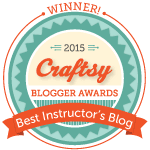
Winner of the 2015 Craftsy Blogger Award for Best Craftsy Cake Decorating Instructor Blog
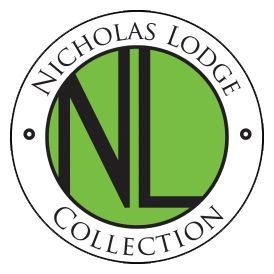

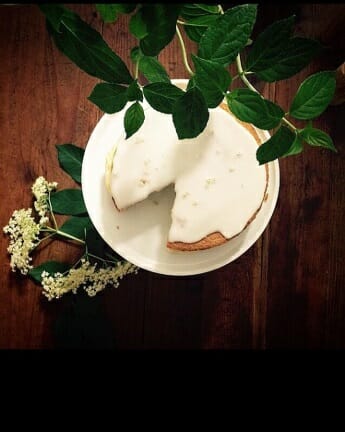
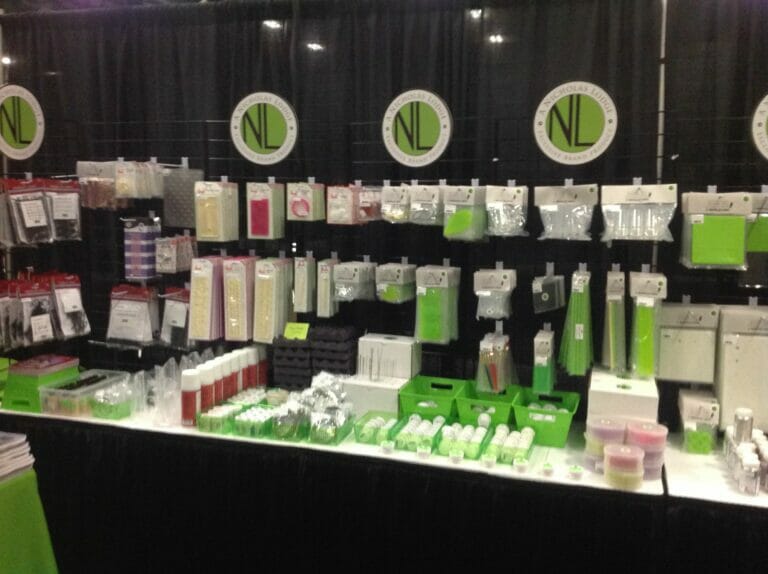
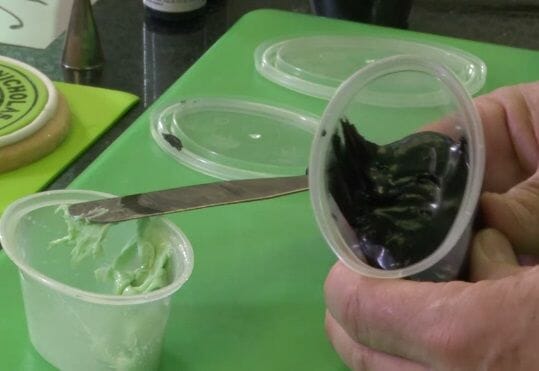
Great blog Stephanie! I’m saving this one to my favorites in my bookmarks. I always get confused on which powder to use when. This information helps tremendously!
– Ruth Dunn
This info is extremely helpful.
However, it would be most useful to clearly state that “hologram [disco dust]” is not just “comparable to glitter”–IT ACTUALLY IS GLITTER………..fine grain PLASTIC craft glitter that should NEVER be applied to food that will be eaten. It’s OK only for decorations that will be removed and stored or discarded.
Too many people have been misusing disco dust and putting it on edibles like cake pops, cupcakes, bon bons, fresh fruits, and beverages. Clarification of the proper use of the product by a renown cake artist like Nick Lodge would go a long way toward thwarting such misuse.
Hi just wanted to know if there are expiration dated to these?i have pearl dust,petal dust from 2013,which was 2 years ago.Are these still safe to use?
Hi Marie: Your dusting powder should be safe to use if the lid has been closed tightly when not in use. The dusting powders can clump up, but should loosen up if you tap the jar gently!